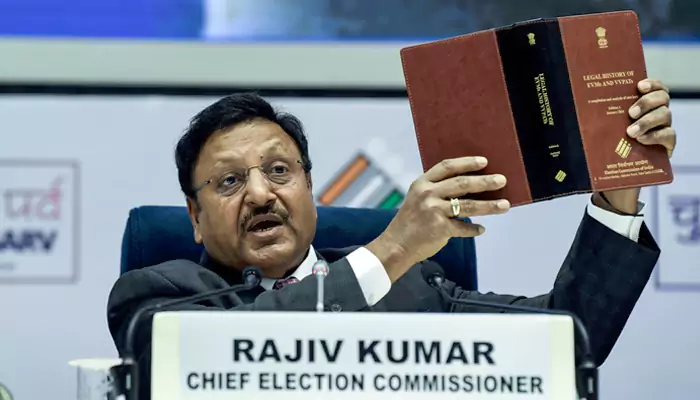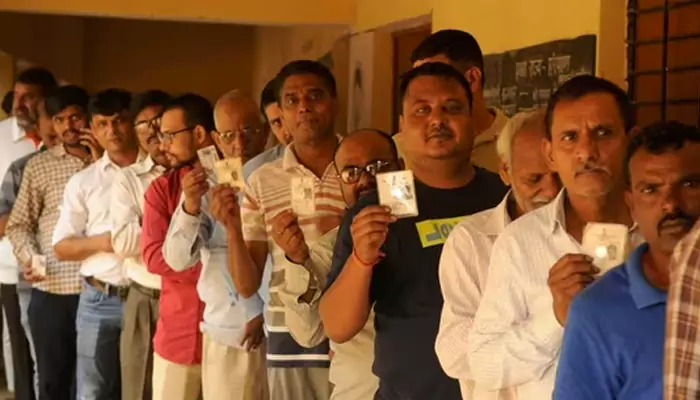2024 Lok Sabha Election Results: What Really Happens At Counting Centres? Know It All Here
- Admin
- 1 year ago
- 3 minutes read

The counting of votes started off at 8 am on Tuesday, and the clear trends usually are expected to come out in the next four to five hours.
The voting for all 543 Lok Sabha constituencies across 28 states and 8 union territories concluded on June 1. The results are expected to be out on Tuesday, June 4. The polling took place in seven-phases, with Phase 1 on April 19, Phase 2 on April 26, Phase 3 on May 7, Phase 4 on May 13, Phase 5 on May 20, Phase 6 on May 25, and the final one on June 1, 2024.
To say the least, around 642 million voters, over the last month and a half, have exercised their right to vote, and now, it's finally time for them to be heard. The counting of votes began at 8 am on Tuesday, June 4, and clear trends are likely to be covered in the next four hours.
Who is in charge of counting the votes?
The counting of the votes for the polling is done under the supervision and direction of the Returning Officer (RO) for each seat. Also present at the counting location are the candidates and their election agents. The RO is usually the District Magistrate of the district concerned, and he or she is appointed by the Election Commission of India (ECI), for the counting of votes. The RO is also helped by Assistant Returning Officers, at a time when the RO is responsible for more than one constituency. Then the actual counting of votes in the Electronic Voting Machines (EVMs) is carried out by officials appointed by the RO.

At each counting table, there is a counting supervisor – typically a gazetted officer or equivalent. Besides the supervisor, there’s also a counting assistant, counting staff from Group D employees, and a micro observer, as well.
Who is allowed inside the counting hall?
Since a counting hall may have several counting tables, the candidate or their election agent cannot be present at each of them. Only these people can enter the counting hall: counting supervisors, counting assistants, micro-observers, ECI-authorised individuals and Observers, public servants on election duty, and candidates, election agents, and counting agents. None of these are allowed to carry a mobile phone inside the counting hall, apart from ECI’s Observer.
Where are the votes counted?
As per ECI’s Handbook for Returning Officers, “For the sake of uniformity, the date and time of counting of votes is fixed by the Commission.” The location of the counting is picked by the RO, and it should “preferably” be at the RO’s headquarters in the constituency.

Meanwhile, each counting hall “shall be a separate room walled on all sides preferably with separate exit and entry facilities,” and the hall can have a maximum of 14 counting tables, along with the RO’s table.
The counting process
During the counting process, two types of votes are counted: EVM votes, and votes cast through postal ballots (including those by senior citizens, physically challenged individuals, service voters, etc).
How are the results announced?
After all EVMs have been counted, the ECI Observer undertakes a parallel count of two randomly selected EVMs. The RO then announces the result of that round of counting.



